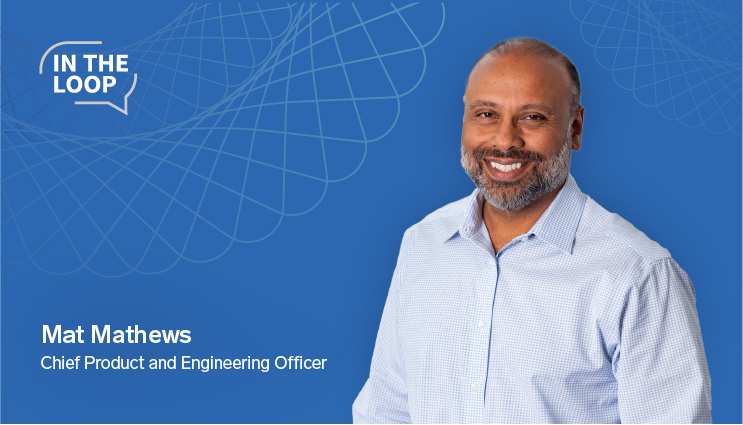Unlocking the Habits of High-Performing Advisors
Top advisors aren’t born—they’re built. And their habits are hiding in your data.
Solve your current pain points with our award-winning solutions.
Increase automation with our modern wealth platform.
The leading end-to-end wealth management platform.
Our team works to anticipate and surpass our clients’ expectations.
Merge our open, integrated platform and its solutions into your tech stack.
The #1 reason advisors switch firms is the desire for better technology.

One of the most challenging—and important—parts of being a leader is making decisions with imperfect information. Like all leaders, I’ve regularly made decisions that came with an inherent amount of risk. Yet not all risks are created equal. On one end of the risk spectrum are “low stakes” decisions that have marginal material impact on the future of the company; on the other end are the complex decisions that—if decided wrong—can put a company out of business. Digital transformation arguably falls in the latter mode.
Digitally transforming your business can feel like a risky proposition—especially if you are building the technology yourself. With so much change and complexity, projects go awry with cost overruns and blown timelines. I’ve seen this happen for a few reasons. The first is what I refer to as “unintentional hoodwinking.” This is a little like the planning fallacy that I talked about in a past interview—which is the notion that most complex tasks take longer than expected. This is certainly true for technology. Why? Because technologists like to build—it’s in their DNA. But building can be hard to manage in a highly disciplined way. And building it yourself often turns out to be far more expensive than expected.
The other reason for cost overruns is trying to do too much on day 1. MVPs (Minimum Viable Products) turn into “Maximum Lovable Projects,” with scope creep and gold plating. Some of that’s due to wanting to please everyone. Another reason is funding realities—meaning “this project has been funded and I probably won’t get added funding next year, so let’s make sure we do everything now.” Or possibly politics—an employee who wants to build out their fiefdom is making this a pet project. Regardless of the reason, falling into any of these traps won’t deliver what you are looking for as a leader: creating value for shareholders and truly delighting your clients.
Most execs think about digital transformation as a destination. Sure, it would be great to have a 100% digital, non-legacy technology experience and infrastructure with a flip of a switch—but that’s not going to happen. Changing people, processes, and technology are all part of the journey. It’s hard and takes time. But if you focus on the journey with the destination in mind, it becomes more predictable and less risky.
So how can you start to de-risk your digital transformation journey?
One of the best ways to make the journey manageable is to use a framework. After all, it’s unclear up front how the pieces will come together. Are you creating a Frankenstein or the Mona Lisa? Use the following questions as a framework to give yourself a better chance at achieving a masterpiece instead of a monster:
Wherever you are on your path to digitally transforming your company, it’s clear that inaction and time are your two worst enemies. The best leaders either create or leverage frameworks to ensure that their actions—not inactions—will create shareholder value.
Darren Tedesco is President of Advisor360° and has been part of our software development since its inception, bringing together the thinkers, creators, and visionaries that help power our clients’ productivity, profitability, and growth.

Top advisors aren’t born—they’re built. And their habits are hiding in your data.

We live in a world of intelligent technology. The apps we use for travel, shopping, fitness, and healthcare remember preferences, anticipate needs,...

Schwab IMPACT 2025 lived up to its reputation as one of the liveliest gatherings in our industry. You could feel the energy, optimism, and curiosity...